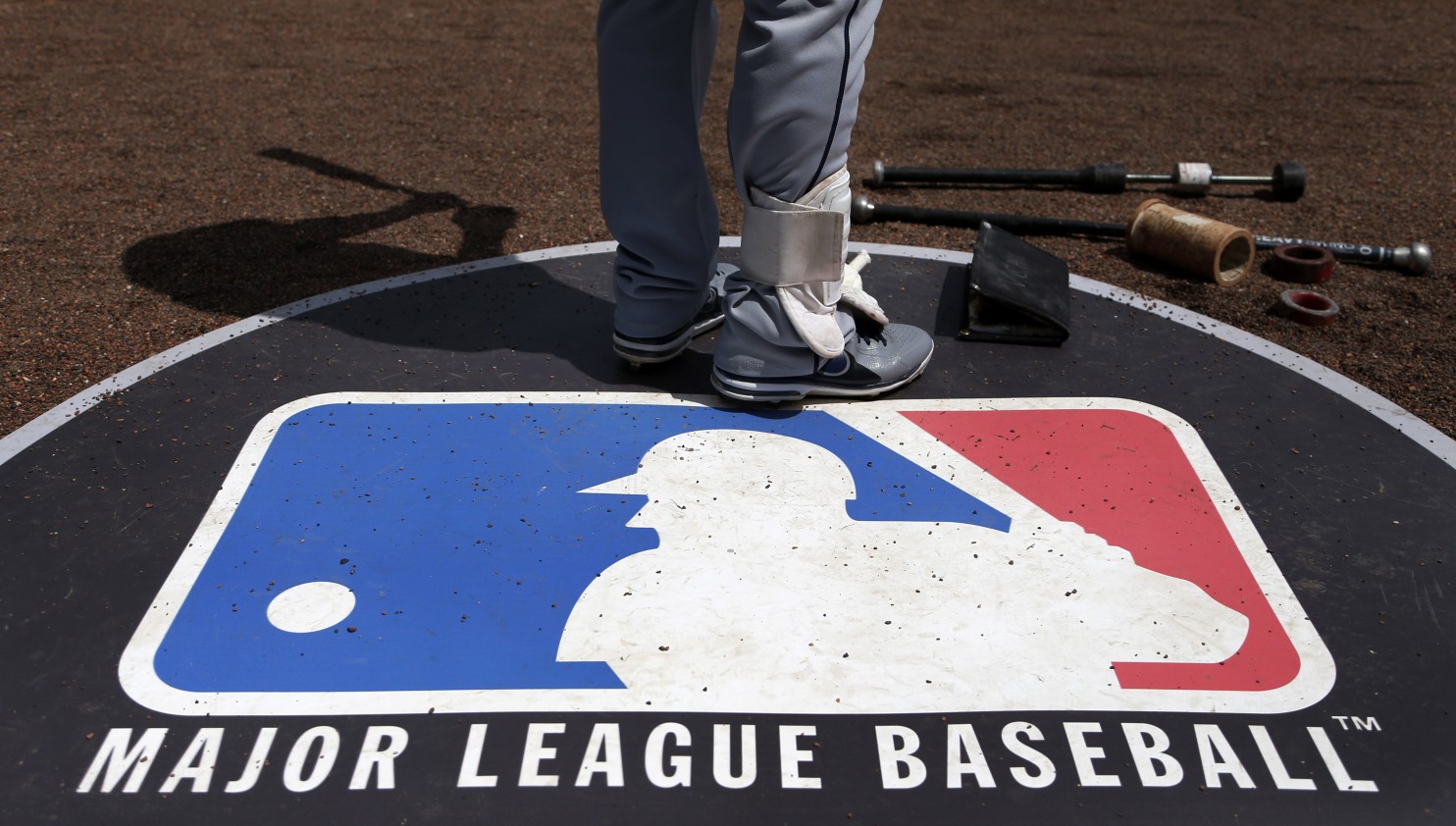
By Anthony Magarello |
STRIKEOUT: When is an out not really an out? If a catcher drops a third strike, he must either tag the batter of throw him out at first base. In either case, a strike out is recorded along with an assist and put out. If the ball rolls far enough from the catcher, the batter can get safely to first. But he struck out, and an out is after all an out. What should be the rule: If you strike out, take a seat.
FOUL TIP: If after the second strike, a batter tips the ball into the catcher’s glove, he struck out. If the ball is not caught, the batter gets another chance. Now catchers readily admit they have no way of controlling a foul tip, especially because when the bat swings in front of him, catchers blink. So luck rules. What should be the rule: No strikeout is awarded on a foul tip, caught or not.
BALK: The rule makers have determined the pitcher can’t deceive the runner or batter by not coming to a full stop, etc. Discounting the fact that pitchers are paid to deceive batters, how is a runner or batter deceived by the slightest twitch before coming to the set position? They can’t, yet umpires who call balks can and do change the outcome of games. (One year the umpires conspired to call balks, and they did by the dozen and thereby ruining the outcome of many games.) Why can’t pitchers deceive runners anyway? Why is there no balk at second or third base? Only the great and wise know for sure. What should be the rule: eliminate the balk rule.
BUNT: In today’s power game with lightweight baseballs and dried bats, it would be best to help balance the game somewhat, and bunting does that. The bunt forces infielders to play a bit more cautiously. The third and first baseman must move in while the middle infielders may have to edge closer to second. Doing so, of course, widens the area for a grounder to get through: more hits, more excitement. But with two strikes, a bunter will be called out if he fails to get it down in fair territory. As a result, fewer bunts are attempted. What should be the rule: eliminate the third strike for a foul bunt just as it is for every other batted ball.
HIT BY PITCH: There are hit by pitches and there are hit by pitches. The oracles have deemed that there is no difference between a pitch that grazes a batter’s shirt and one that crashes into his helmet. Sometimes a replay in ultra-slow motion is needed to detect if a player has been “hit.” What should be the rule: Unless a ball’s direction is diverted by hitting a batter, the batter is not “hit.”
Professor emeritus Anthony Magarello has been an avid baseball fan since the 1950’s and played shortstop in college. He has published fiction, non-fiction, and crossword puzzles and now he and his wife have time to watch every Yankees game on TV.
Regarding the dropped 3rd strike, I once researched why this rule is the case. Evidently when baseball began, there was no such thing as an out for 3 strikes. The rules stated that if there was no hit, the batter freely walked to base after 4 balls, or was forced to try to run to 1st base after 3 strikes, regardless of if the ball was dropped or not. In that time gloves weren’t really what they are today, so the catcher would always line up much further behind home plate and try to catch the pitch on the bounce. Therefore, the fielding team had to make sure they always had control of the ball, even if there were 3 strikes, so they could throw the batter out. When gloves improved and the catchers moved up right next to the batter, tagging the batter after the 3rd strike became a formality, and somewhat stupid, so they made it automatic. However, if the catcher dropped the ball, getting the batter out obviously wasn’t automatic, so that part of the rule remained.